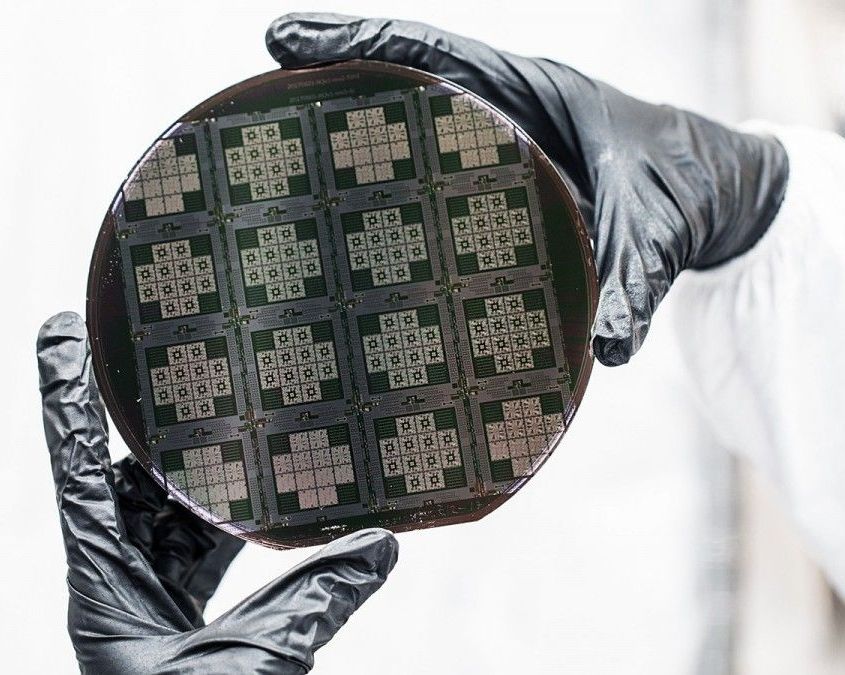Sep 3, 2017
Ray Kurzweil — A Revolutionary Future
Posted by Alexander Rodionov in categories: biotech/medical, chemistry, life extension, nanotechnology, Ray Kurzweil, robotics/AI, singularity, transhumanism
https://www.youtube.com/watch?v=dLgJZ-yNBBE&feature=share
Kurzweil is one of the world’s leading minds on artificial intelligence, technology and futurism. He is the author of five national best-selling books, including “The Singularity is Near” and “How to Create a Mind.”
Raymond “Ray” Kurzweil is an American author, computer scientist, inventor and futurist. Aside from futurology, he is involved in fields such as optical character recognition (OCR), text-to-speech synthesis, speech recognition technology, and electronic keyboard instruments. He has written books on health, artificial intelligence (AI), transhumanism, the technological singularity, and futurism. Kurzweil is a public advocate for the futurist and transhumanist movements, and gives public talks to share his optimistic outlook on life extension technologies and the future of nanotechnology, robotics, and biotechnology.
















